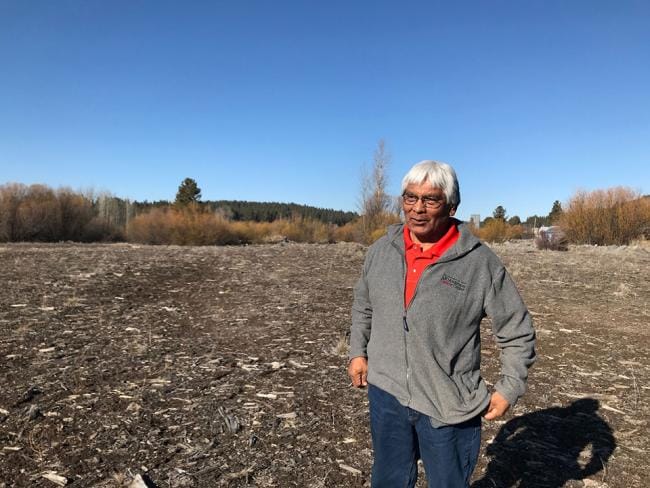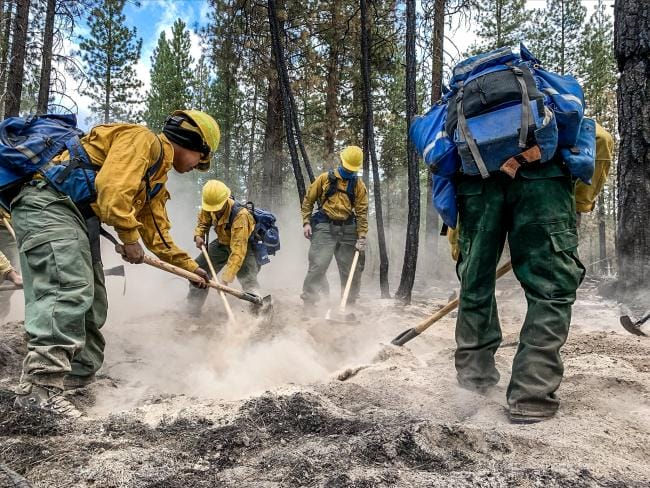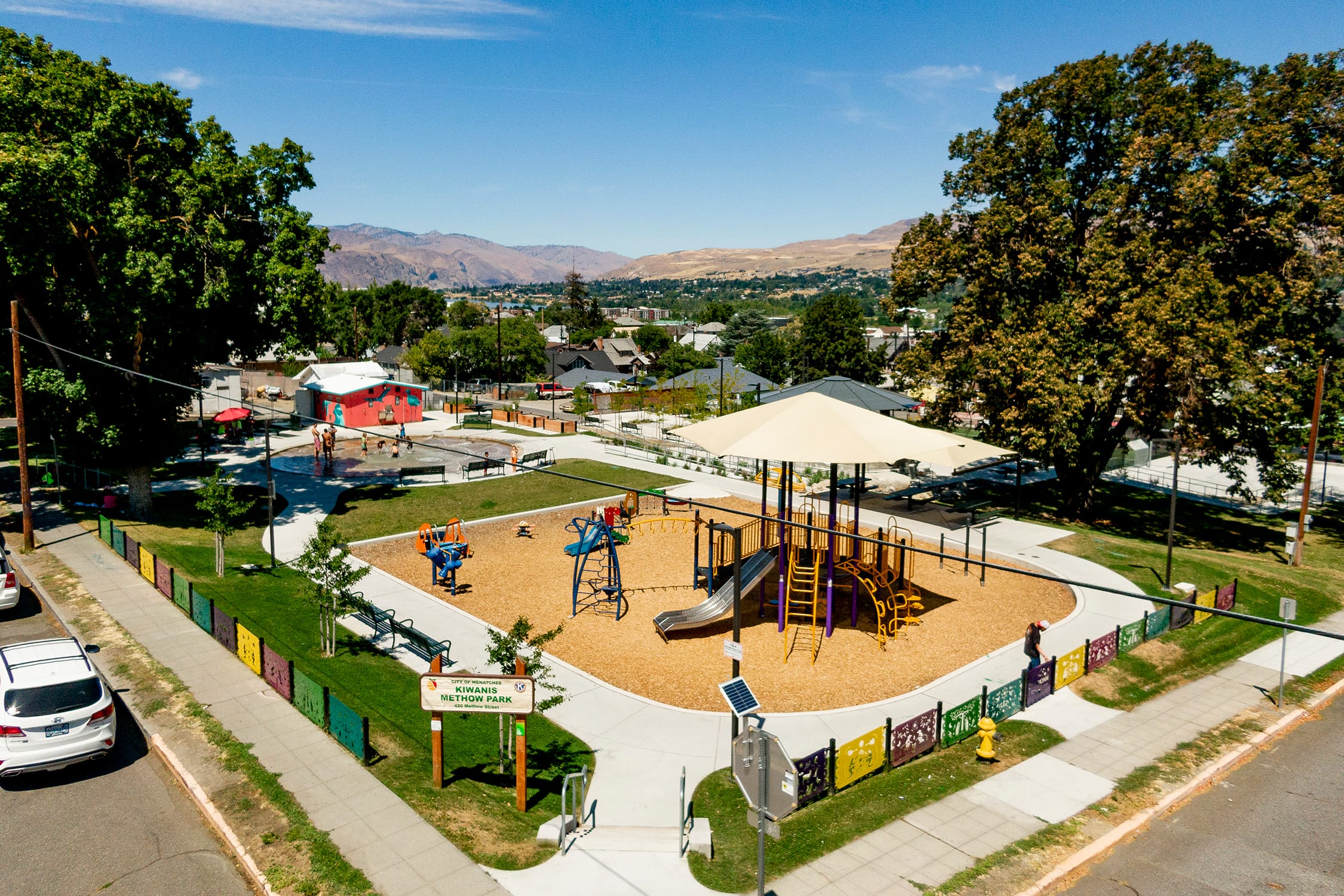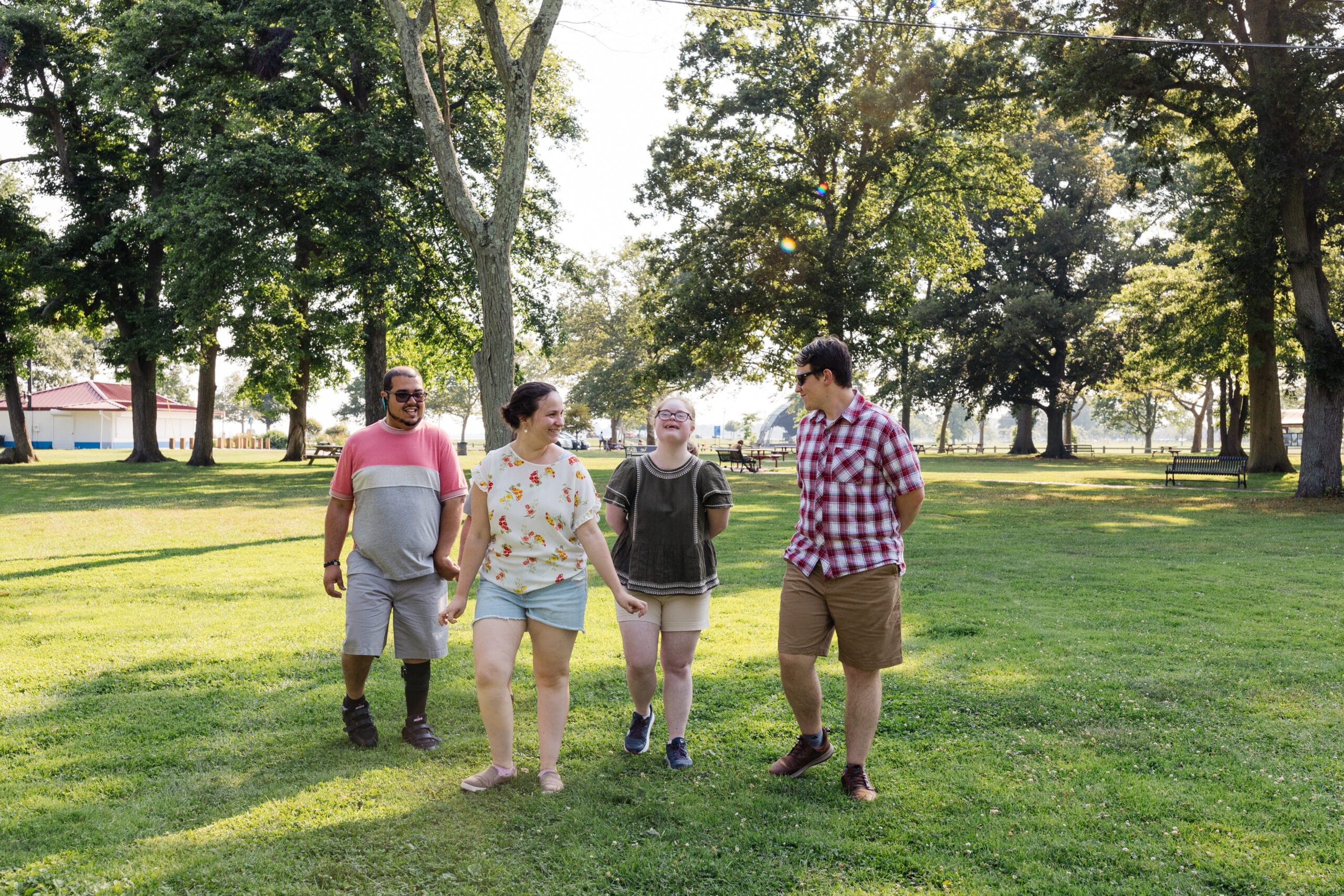
In small-town Oregon, the wildfire recovery begins
In small-town Oregon, the wildfire recovery begins
From where I live in central Oregon, in the city of Bend, distant wildfires surrounded me this summer. Two hours to the north were the blazes outside of Portland, among them the Lionshead and Beachie Creek Fires; far to the east was the Indian Creek Fire, and two hours south, in the Klamath Basin, was the Two Four Two Fire. For weeks, the air quality index in Bend hovered over 500, or “hazardous”—one of the worst readings on the planet.
Before checking that index online, I used visual markers to see whether it was safe to walk Mac, my English setter. I looked out my window to see if I could make out Pilot Butte, a lava dome rising 500 feet from the surrounding plains. If I couldn’t see it through my window, Mac stayed in.
Still, for all the stress of these past weeks, I know that others are grappling with real fear, frustration, and tragedy.
I thought about The Trust for Public Land’s partners in Chiloquin, a town of about 800 people in the Klamath Basin. Chiloquin is the administrative seat of the Klamath Tribes, whose members trace their ancestry here back thousands of years. For the past year, I’ve been making the two-hour drive between Bend and Chiloquin, getting to know teachers and community leaders at Chiloquin Elementary School. Together, we’re working on a plan to redesign their schoolyard, transforming the current barren school property into a vibrant green space with trees and gardens, up-to-date play equipment, and sports fields.

Like many rural communities—and especially tribal communities—in eastern Oregon, I’ve heard from Chiloquin residents and leaders how their needs are too often overlooked, whether it’s in routine policymaking and investments in infrastructure like public schools, or during urgent crises like wildfires.
This has implications for the Klamath Basin’s recovery from the 14,000-acre Two Four Two Fire. Now mostly contained, the fire destroyed four dozen structures and damaged another 33. Chiloquin Elementary School was spared—volunteers used it as a staging area to distribute food and supplies—but many of its students lost homes.
As news of this devastating fire emerged, I waited anxiously for word from the friends I’ve gotten to know in Chiloquin. And in the immediate aftermath, I knew there must be ways The Trust for Public Land could show up to support our partners in this challenging time. I phoned Art Ochoa, a retired high school principal and Klamath tribal elder, to see what could be done. Art invited me to a call he’d organized with the Klamath Tribal Council; principals and teachers; and representatives of two of the biggest philanthropies in the state, the Oregon Community Foundation and the Ford Family Foundation.
 At the heart of this work is Art Ochoa, a member of the Klamath Tribe, retired educator, and community organizer for the Chiloquin Elementary Green Schoolyard.Photo credit: The Trust for Public Land Staff
At the heart of this work is Art Ochoa, a member of the Klamath Tribe, retired educator, and community organizer for the Chiloquin Elementary Green Schoolyard.Photo credit: The Trust for Public Land Staff
Art and the tribal council made clear what their community needed in the aftermath of this crisis: funds and materials for emergency relief in the short term, and a sustained commitment from decision-makers and their fellow Oregonians to support the challenging recovery ahead. To help meet these needs, the Oregon Community Foundation added the Klamath Health and Family Services to its donation page, and joined the Ford Family Foundation and Meyer Memorial Trust in creating the 2020 Community Rebuilding Fund, to help with major infrastructure needs in Chiloquin and throughout the state.
Trust for Public Land supporters are a part of this response, too: we’ve contributed much-needed emergency funding to the Klamath Tribal Health and Family Services, and to partners in Wenatchee, Washington, where more than 300,000 acres burned the surrounding valley and forced thousands of people to flee.
Even as we’re doing what we can to support communities through the immediate aftermath of these devastating fires, we’re noting a terrifying trend. According to a recent report in The New York Times, in the last 20 years, on average, the number of square miles burned annually across California, Oregon and Washington has increased sixfold compared with the average between 1950 and 2000. Meanwhile, last month was the third-warmest August on record in the United States, and 2020 is set to become one of the hottest years on record globally. Scientists agree that the changing climate is contributing to more dangerous wildfires, and that extreme weather will become increasingly common.
 Wildland firefighters on battle the Two Four Two Fire, which burned four dozen structures in Chiloquin, Oregon.Photo credit: Oregon National Guard
Wildland firefighters on battle the Two Four Two Fire, which burned four dozen structures in Chiloquin, Oregon.Photo credit: Oregon National Guard
Ecosystems across much of the West are adapted to fire and require periodic burning to stay healthy and functional. The approach to fire management over the past century, however, has centered on the goal of suppressing every wildfire. The result is a build-up of flammable material, made worse by explosions of pests that have reduced millions of acres of forest to standing dead trees. And as people leave major cities like San Francisco and Portland in search of more affordable housing, they are building houses in the so-called wildland-urban interface, putting more lives and livelihoods in danger.
The ongoing wildfire season is just one way that climate change has already begun to effect American communities. We’re dedicated to supporting communities as we grapple with these changes to come, and helping local leaders and citizens tap into the power of public space to protect themselves from climate change. We’ve conserved millions of acres of natural lands that capture and store carbon, part of an approach that could offset 21 percent of U.S. greenhouse gas emissions. And we’re developing the cutting-edge data and planning technology, guidelines for design and management, and new sources of public funding that communities can use to meet the climate challenges to come.
You can help: Read more about how nature can combat climate change, and join our community of supporters who are uniting behind the power of parks to create a more resilient and just climate future for all.
Kristin Kovalik is Oregon State Director for The Trust for Public Land.
This raw, beautiful landscape in Southern California is home to Indigenous heritage sites, and it provides critical habitat for threatened and endangered species. Urge President Biden to safeguard this extraordinary landscape today!


Donate to become a member, and you’ll receive a subscription to Land&People magazine, our biannual publication featuring exclusive, inspiring stories about our work connecting everyone to the outdoors.
See how our supporters are helping us connect people to the outdoors across the country.










